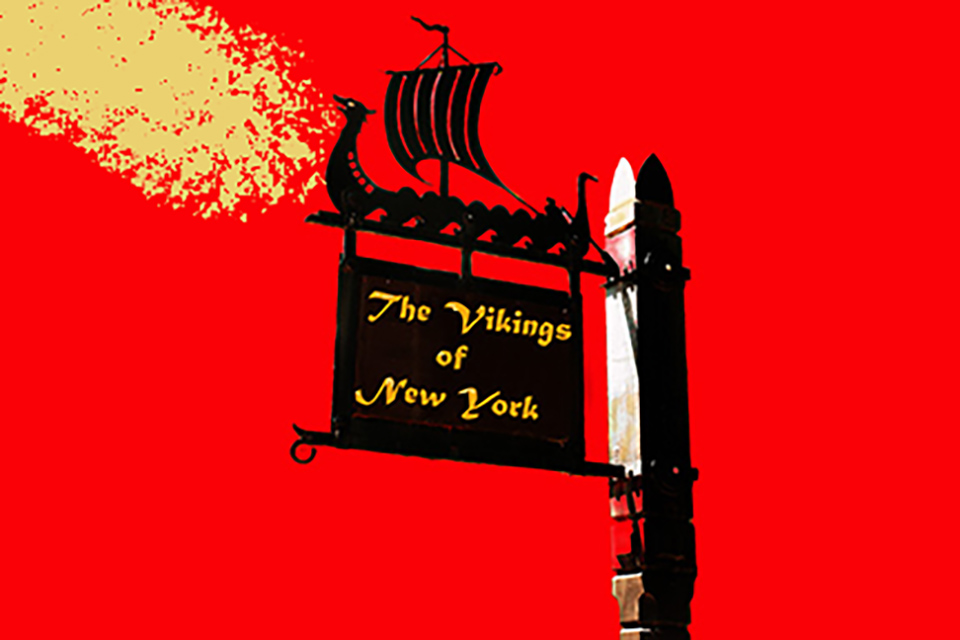
The Lenape also believed that there was “a glorious Country,” a “Happy Hunting Ground,” to the South or Southwest in which the souls of the good people go. Brainerd says “that the difference between good and bad was only this: that the former were admitted into a beautiful town with spiritual walls, and the latter would forever hover around these walls, in vain attempts to get in.” These bad folks, one informant told Brainerd, were “those who lie, steal, quarrel with their neighbors, are unkind to their friends, and especially to aged parents, and, in a word, such are a plague to mankind.” So, in Elmhurst, plagues were not just biological diseases but could also be spiritual diseases.
About 1748, David Zeisberger said that “a number of Indian preachers arose who claimed that they had been to Heaven and conversed with God. Some had charts of deerskin upon which were drawn maps of the Land of Spirits…” Zeisberger says that some of their ideas seemed to have derived from Christianity but were mixed with Indian additions. In Elmhurst, the mapping of Heaven didn’t have to wait for the arrival of Alighieri Dante’s The Divine Comedy, John Bunyan’s Pilgrim’s Progress, or Wu Cheng’en’s Journey to the West. We have also discovered that the spiritual map-making of Elmhurst has even proliferated in current times.
Counter-revivalists among the Lenape of Elmhurst, Queens
Despite a broad similarity to Calvinist beliefs, there were also Lenape religious leaders who wanted to revive their religious traditions that included many spirits, conjuring, and worshiping idols. Brainerd saw one of these Indian prophets at work in Pennsylvania. He noticed that:
a devout and zealous Reformer, or rather, restorer of what he supposed was the ancient religion of the Indians … made his appearance in his pontifical garb, which was a coat of bear skins, dressed with hair on, and hanging down to his toes; a pair of bear skin stockings; and a great wooden face painted, the one-half black, the other half tawny, about the color of an Indian’s skin, with an extravagant mouth, cut very much awry; the face fastened to a bear skin cap, which was drawn over his head.
He advanced toward me with the instrument in his hand, which he used for music, in his idolatrous worship, which was a dry tortoise shell with some corn in it, and the neck of it drawn on to a piece of wood, which made a very convenient handle. As he came forward, he beat his tune with the rattle, and danced with all his might, but he did not suffer any part of his body, not so much as his fingers, to be seen.
Brainerd said that the experience excited terror in his mind, but upon reflection, the missionary came to believe that somehow these Indian revivalists had a pure spirit that resembled the Christian one. The restorer claimed that “God had taught him his religion,” Brainerd reported. And his powerful presence seemed very authentic.
“[T]here was something in his temper and disposition that looked more like true religion than anything I ever observed among other heathen [with Brainerd heathen could be either White Europeans or Native Americans].” The prophet was on a genuine quest for God. The Indian revivalist also treated Brainerd with kindness and hospitality.
This revival and several later ones of traditional Lenape beliefs probably took place after the Lenape had mostly left Queens. Yet, there were perhaps some proto-revival versus conversion to Christianity discussions that occurred in Queens.










